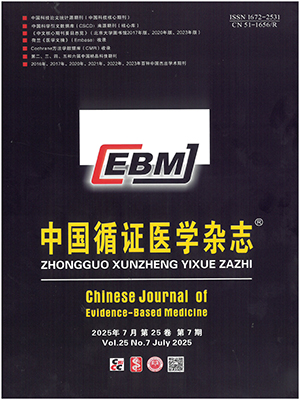The multi-attribute utility function (MAUF) is a commonly used method for measuring health utility, characterized by a solid theoretical foundation and operational feasibility. It contributes to reducing the cognitive burden on respondents, caters to the measurement of utility across multiple dimensions, and represents another most widely applied approach beyond traditional econometrics, warranting exploration and application. However, there is currently a lack of comprehensive and systematic research on this method in China, with insufficient practical application experience. Against this backdrop, this paper aims to systematically explore the methodological background of MAUF and the key points of research design for measuring health utility using this method. By drawing on the utility measurement experiences from internationally developed measurement scales such as HUI 1, HUI 2, HUI 3, 15D, AQol-8D, ASUI, HUG-5, TOOL, and ALSUI, it systematically analyzes the critical steps in the practical implementation of the method. It is hoped that this work will comprehensively and clearly elaborate on the practical approaches of MAUF, promote the further development of MAUF in China, and provide methodological references for future studies on health utility measurement based on MAUF.
Citation: ZHANG Xiaolu, GAO Xin, LI Rui, PENG Xin, WANG Peimeng, WANG Yaoling, ZHANG Yuzheng, XIAO Feiyi, GUO Wudong, LI Xue. A methodological study on measuring health utility based on multi-attribute utility function (MAUF). Chinese Journal of Evidence-Based Medicine, 2025, 25(9): 1083-1091. doi: 10.7507/1672-2531.202502016 Copy
Copyright © the editorial department of Chinese Journal of Evidence-Based Medicine of West China Medical Publisher. All rights reserved
-
Previous Article
Covariate-adjusted response-adaptive designs: principles, applications and R code implementation -
Next Article
The framework and methods of sample size estimation for quantitative repeated measurement data in clinical research: comparison of the difference between groups at a single time point




